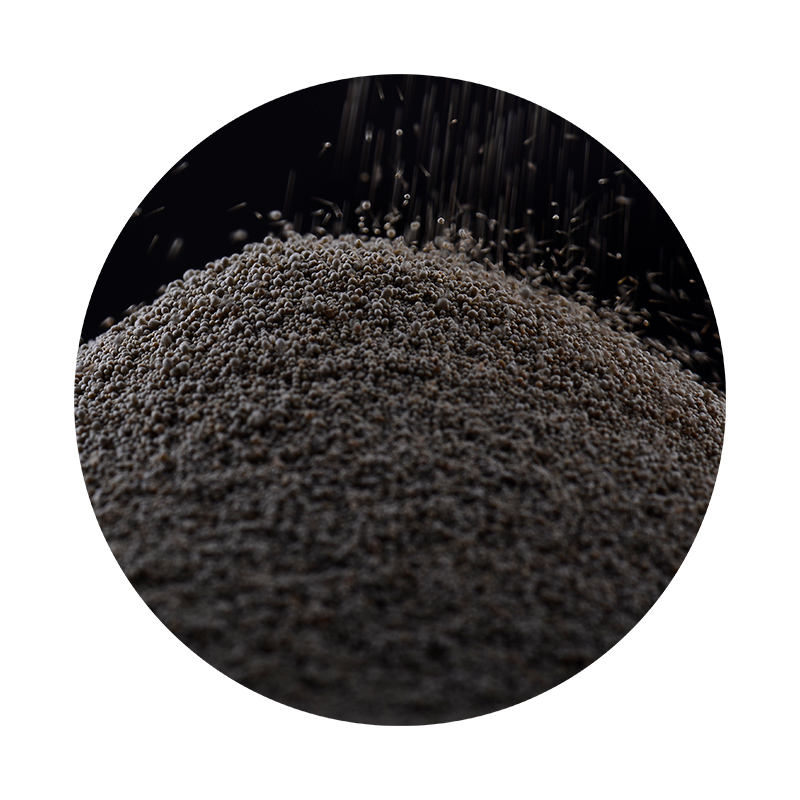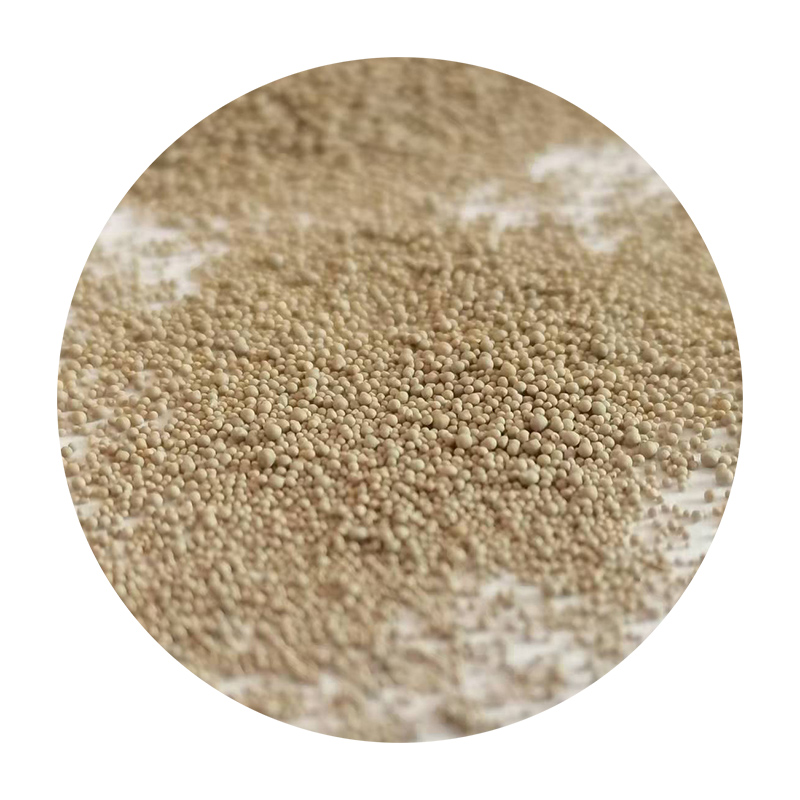- Overview of Resin Coated Silica Sand
- Technical Advantages and Performance Metrics
- Comparative Analysis of Leading Manufacturers
- Tailored Solutions for Diverse Industrial Needs
- Innovations in Manufacturing Processes
- Real-World Applications and Case Studies
- Future Trends in Resin Coated Sand Utilization

(resin coated silica sand)
Understanding Resin Coated Silica Sand
Resin coated silica sand serves as a critical material in modern foundry and precision casting applications. This engineered composite combines high-purity silica sand with specialized phenolic or furanic resins, achieving thermal stability up to 1,600°C. Industries ranging from automotive to aerospace leverage its ability to maintain dimensional accuracy within ±0.3% during metal casting processes.
Technical Superiority in Foundry Operations
Third-party testing reveals resin coated sand delivers 40% higher permeability than traditional alternatives, reducing gas defects by 62%. Key performance indicators include:
- Compressive strength: 3.8-4.2 MPa
- Thermal deformation resistance: <0.15mm at 1,400°C
- Collapsibility index: 92-95% post-casting
Manufacturer Comparison and Market Leaders
| Vendor | Binder Type | LOI (%) | Price/Ton | Lead Time |
|---|---|---|---|---|
| Alpha Foundry | Phenolic | 1.8 | $420 | 14d |
| Beta Sands | Furanic | 2.1 | $385 | 21d |
| Gamma Tech | Bio-based | 1.5 | $455 | 10d |
Custom Engineering for Specific Applications
Advanced suppliers now offer grain size customization from 75μm to 1.2mm, with resin content adjustable between 1.2-3.5%. Recent developments include:
- Low-nitrogen formulations for aluminum casting
- High-conductivity blends for rapid cooling
- Recyclable systems achieving 85% reusability
Advanced Production Methodologies
The modern manufacturing process integrates hot coating technology with precise temperature controls (±5°C). Automated systems achieve coating uniformity of 98.7%, while continuous inline monitoring reduces off-spec production by 73% compared to batch processes.
Documented Success in Industrial Settings
A 2023 automotive case study demonstrated 23% reduction in machining time through improved sand performance. Key outcomes included:
- 97.4% defect-free castings
- 14% lower material consumption
- 27% faster mold breakdown
Sustainable Advancements in Coated Sand Technology
Emerging resin coated silica sand
formulations now incorporate 30% post-industrial recycled content without compromising performance. Lifecycle analyses show 18% lower carbon footprint compared to conventional alternatives, positioning this material as essential for sustainable manufacturing initiatives.

(resin coated silica sand)
FAQS on resin coated silica sand
Q: What is resin coated silica sand and its primary applications?
A: Resin coated silica sand is a specialized material where silica sand particles are coated with a resin layer. It is primarily used in foundries for creating molds and cores in metal casting. The resin coating enhances strength, thermal stability, and dimensional accuracy.
Q: What are the key specifications to consider for resin coated sand?
A: Key specifications include resin content (typically 1.5-4%), curing time, compressive strength, and grain size distribution. Thermal resistance and gas evolution during casting are also critical. These parameters ensure optimal performance in specific industrial applications.
Q: How is resin coated sand manufactured?
A: The manufacturing process involves preheating silica sand, mixing it with resin binder (e.g., phenolic or furanic), and curing at high temperatures. Coating is done in mixers to ensure even resin distribution. The final product is cooled and screened for uniformity.
Q: What industries commonly use resin coated silica sand?
A: It is widely used in automotive, aerospace, and machinery industries for casting engine parts, pipes, and complex metal components. Its high precision makes it ideal for intricate molds. The construction sector also uses it for durable structural elements.
Q: What advantages does the resin coating provide in silica sand?
A: The resin coating improves sand cohesion, reducing defects like veining or cracking in molds. It also minimizes sand expansion during metal pouring. Additionally, it enhances reusability and reduces waste in foundry processes.
Next:Sand Casting Applications Versatile, Durable & Cost-Effective Solutions
